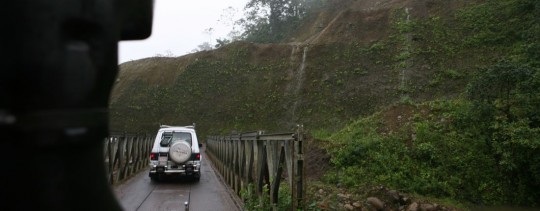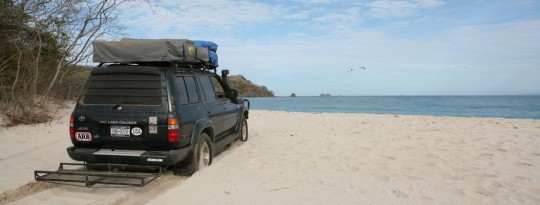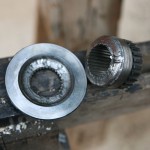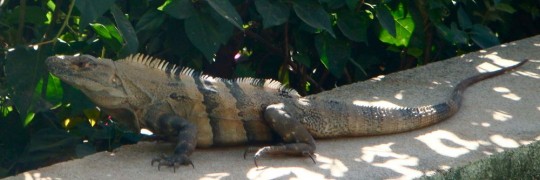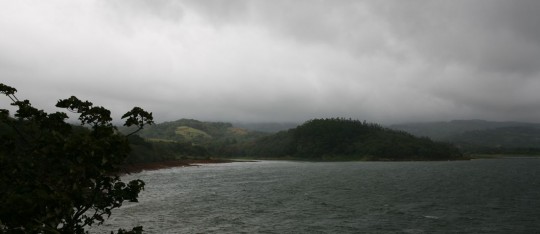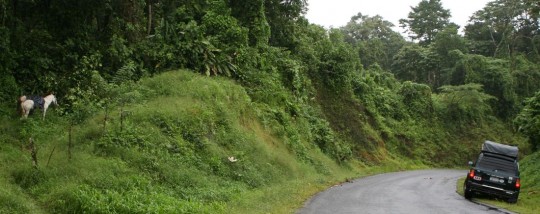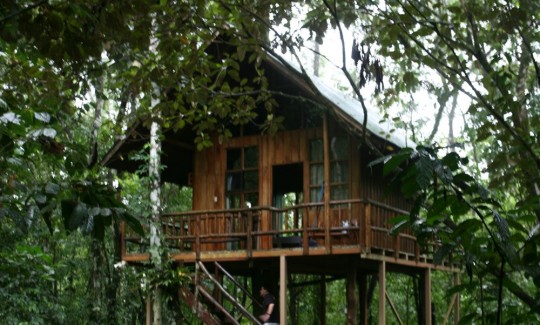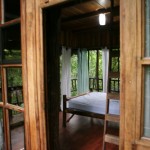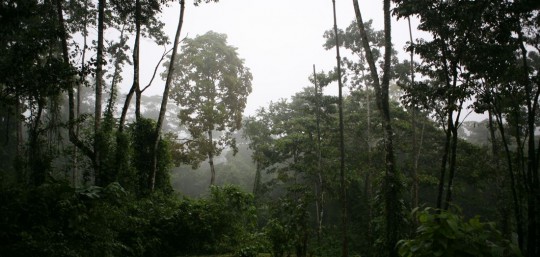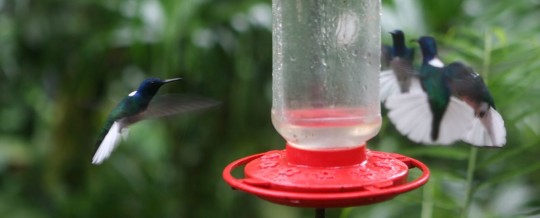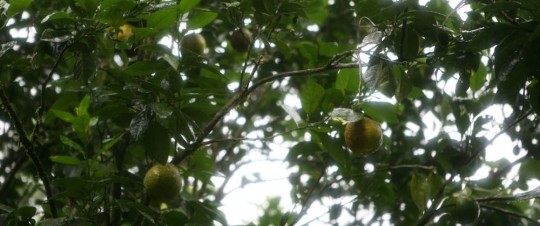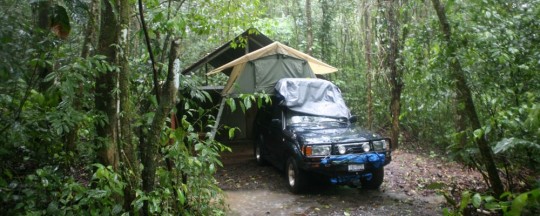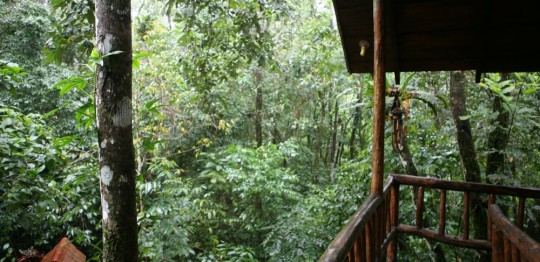The contrast was surprising between the in-land rainy weather and the light we found as soon as we passed the last mountain. We were back on the sunny side, and happy to be. We drove south-west to the coast, and followed it south.
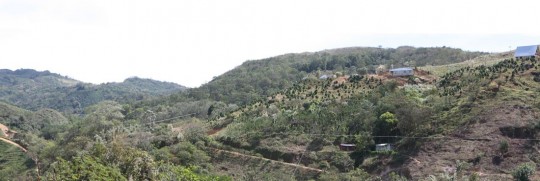
An astonishing aspect of Costa Rica is that even if the country is the most advanced of Central America – with Panama – there are less road signs than any other country, making navigation difficult. I have a GPS in the car, but maps are very difficult to find, so I’m back to paper maps since Guatemala.
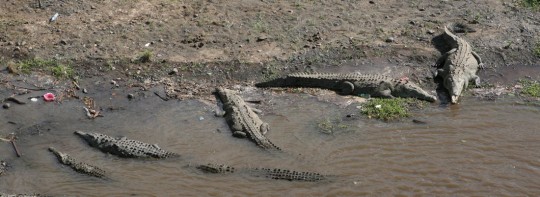
Anyhow, late in the day we were in Quepos, trying to locate a place to sleep. We heard that the beach just in front of the National Park Manuel Antonio was a good place to camp. It was perfect for us, because it was now close to 5:30 p.m., the time when light begin to dim, which we also consider the time we need to have found a spot.
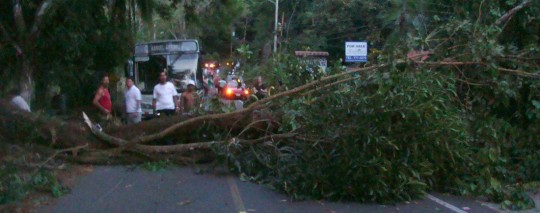
But of course, things are not so simple at the Trans World. As we were driving down to the beach, cars in front of us came to a quick stop. A tree, victim of strong winds, just came down on the road and made it impassable.
I was grateful it didn’t collapse on us, I have to say. As it felt, the tree also crushed the electricity lines, and we had no choice now but wait for the electricity company to come cut and clean the obstacle.
We sat down to drink beers and smoke cigarettes until it was done, two hours later.

We were back on the road in pitch black, and made it to the beach.
Costa Rica is great for campers, as apparently, you can just settle down anywhere you want. And in no hotel room you would be closer to the beach in the morning. Preparing Nicaraguan coffee at six a.m., on the sand as the sun rise has no price either.
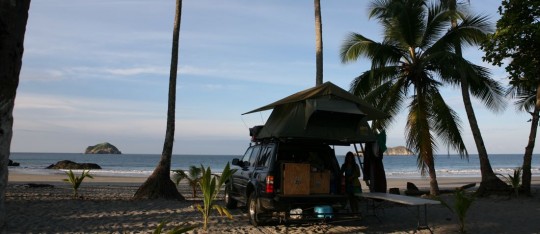
Around noon, we let the car to go visit Manuel Antonio, and spent few hours there checking out multiple animal species and walking in the jungle. It was nice, but packed with tourist. Also, the animals come really close to you, which make me think they lost the fear of the human.

I would think there are better parks to visit in Costa Rica, so if someone read these lines, please make suggestions for other travelers.

There are good beach in Manuel Antonio though, I have to add, and most tourist stop there, so you would not meet many people once in the jungle.

In the afternoon, we left and continued south. What used to be a dust road few year back when I went through the country became a brand new road, which was at the same time nice and a bit deceiving.
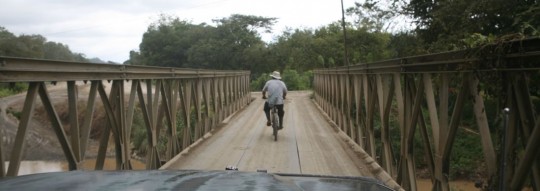
Close to Playa Tortuga, we went back up inland to meet Fred, an American fellow from Washington State who now owns a hotel – Club Fred – on the coast. If you are around one day, you should check it out. The ambience was family oriented, and Fred invited us to join them for a tuna diner, along with ten other people, mostly Wisconsin residents taking refuge from the harsh winter.
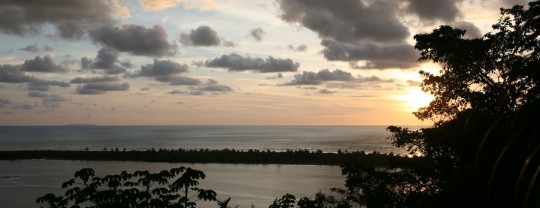
He also insisted we take a room to get a good night of sleep (thanks Fred!), which was great after all the drinks we had.
The day after, we left early in the morning after filling up our reserves of drinking water to try to reach the border with Panama. Costa Rica is one of the only place you can drink the tap water.
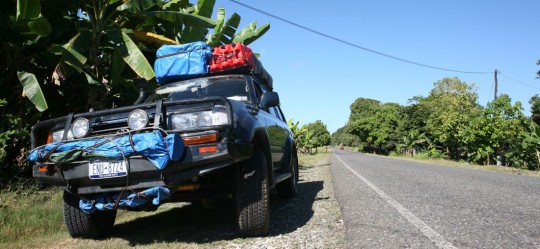
Few miles after leaving, we reached the Pan-American Highway we would follow until Panama City.

